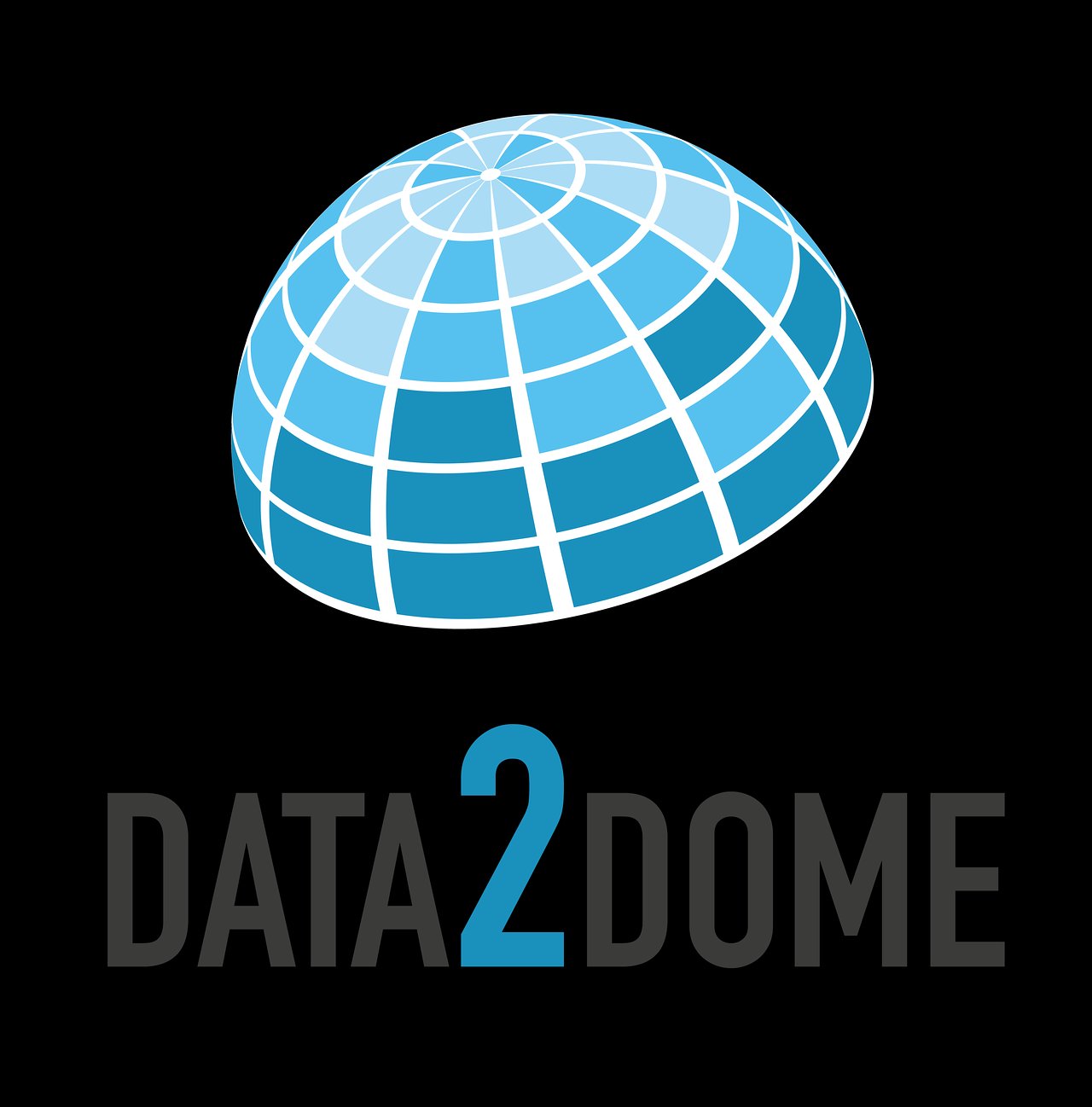|
PICMG 2.9
PICMG 2.9 is a specification by PICMG PICMG, or PCI Industrial Computer Manufacturers Group, is a consortium of over 140 companies. Founded in 1994, the group was originally formed to adapt PCI technology for use in high-performance telecommunications, military, and industrial com ... that defines an implementation of a system management bus in a CompactPCI system. This system management bus uses an I2C hardware layer, and is based on the Intelligent Platform Management Interface ( IPMI) and Intelligent Platform Management Bus (IPMB) specifications. Status Adopted : 2/2/2000 Current Revision : 1.0 ECN001 (Engineering Change Number) was adopted 5/20/2002 References {{DEFAULTSORT:Picmg 2.9 Open standards PICMG standards ... [...More Info...] [...Related Items...] OR: [Wikipedia] [Google] [Baidu] |
PICMG
PICMG, or PCI Industrial Computer Manufacturers Group, is a consortium of over 140 companies. Founded in 1994, the group was originally formed to adapt PCI technology for use in high-performance telecommunications, military, and industrial computing applications, but its work has grown to include newer technologies. PICMG is distinct from the similarly named and adjacently-focused PCI Special Interest Group (PCI-SIG). PICMG currently focuses on developing and implementing specifications and guidelines for open standards-based computer architectures from a wide variety of interconnects. Background PICMG is a standards development organization in the embedded computing industry. Members work collaboratively to develop new specifications and enhancements to existing ones. The members benefit from participating in standards development, gain early access to leading-edge technology, and forging relationships with thought leaders and suppliers in the industry. The original PICMG ... [...More Info...] [...Related Items...] OR: [Wikipedia] [Google] [Baidu] |
CompactPCI
CompactPCI is a computer bus interconnect for industrial computers, combining a Eurocard (PCB), Eurocard-type connector and Peripheral Component Interconnect, PCI signaling and protocols. Printed circuit board, Boards are standardized to 3rack unit, U or 6U sizes, and are typically interconnected via a passive backplane. The connector pin assignments are standardized by the PICMG US and PICMG Europe organizations. The connectors and the electrical rules allow for eight boards in a PCI segment. Multiple bus segments are allowed with Conventional PCI#PCI bus bridges, bridges. Unlike the original Eurocard solutions such as VMEbus, VME, which use connectors with a 0.1 inch (2.54 mm) pin spacing, CompactPCI cards use metric connectors with a 2-millimeter pin spacing, designed to the International Electrotechnical Commission, IEC 1076 standard. 3U boards have a 110-pin connector (J1), which carries the 32-bit PCI bus signals, and an optional 110-pin connector (J2), which car ... [...More Info...] [...Related Items...] OR: [Wikipedia] [Google] [Baidu] |
Intelligent Platform Management Interface
The Intelligent Platform Management Interface (IPMI) is a set of computer interface specifications for an autonomous computer subsystem that provides management and monitoring capabilities independently of the host system's CPU, firmware (BIOS or UEFI) and operating system. IPMI defines a set of interfaces used by system administrators for out-of-band management of computer systems and monitoring of their operation. For example, IPMI provides a way to manage a computer that may be powered off or otherwise unresponsive by using a network connection to the hardware rather than to an operating system or login shell. Another use case may be installing a custom operating system remotely. Without IPMI, installing a custom operating system may require an administrator to be physically present near the computer, insert a DVD or a USB flash drive containing the OS installer and complete the installation process using a monitor and a keyboard. Using IPMI, an administrator can mount an ISO im ... [...More Info...] [...Related Items...] OR: [Wikipedia] [Google] [Baidu] |
Open Standards
An open standard is a standard that is openly accessible and usable by anyone. It is also a prerequisite to use open license, non-discrimination and extensibility. Typically, anybody can participate in the development. There is no single definition, and interpretations vary with usage. The terms ''open'' and ''standard'' have a wide range of meanings associated with their usage. There are a number of definitions of open standards which emphasize different aspects of openness, including the openness of the resulting specification, the openness of the drafting process, and the ownership of rights in the standard. The term "standard" is sometimes restricted to technologies approved by formalized committees that are open to participation by all interested parties and operate on a consensus basis. The definitions of the term ''open standard'' used by academics, the European Union, and some of its member governments or parliaments such as Denmark, France, and Spain preclude open standar ... [...More Info...] [...Related Items...] OR: [Wikipedia] [Google] [Baidu] |

